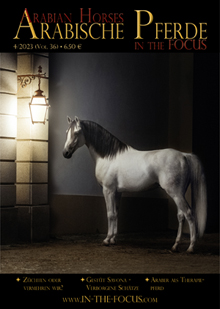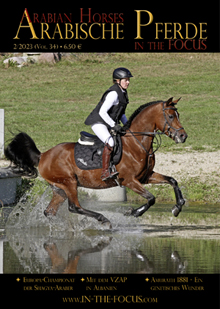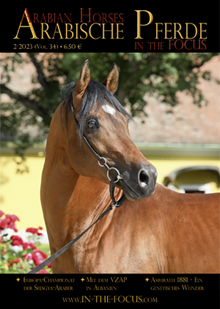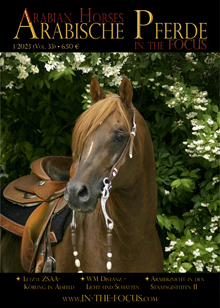In Russia, purebred Arabians are racing already as two-year-olds. This is seen very critical in Western Europe, although hardly anyone really knows much about it. We talked to Olga Birukova, breeding manager at Tersk Stud, about rearing, training and racing Arabian horses in Russia.

Historical Background
It was not before the end of the 19th century, that Count Sergey Stroganov became interested in Arabian horses and decided to go himself to the Arabian Desert to purchase horses there. The Count had bought a property in the South of Russia named “Grafsky Hutor” (Count’s farm), situated at the bottom of the Northern slopes of the Caucasus Mountains. Here, he established a stud farm for his Arabian horses, but he also bred Kabarda and Kabarda-Arabian crossbreds. The stud was maintained, even during World War I, producing cavalry horses. During the 1917 Russian Revolution, the nobility was expropriated; the horses were seized and re-organized in Military Studs, where they were bred by their breeds. From 1921 until 1939, Streletsk and Arabians were bred in Tersk, then the Streletsk were moved to Stavropol and Tersk Stud exclusively bred purebred Arabians.
However, as a Military Stud, the stud followed the military ‘tradition’. To see whether a horse is suitable for the work as a cavalry horse, it was first sent to the race track. Racing horses of various breeds have therefore quite a long tradition in Russia. It was at the end of the 19th century, that Streletsk horses were raced, at the beginning of the 20th century, also Warmblood horses were raced and they even had races of mixed breeds. To race Arabian horses was a logical thing to do.
However, the purpose of racing in Russia was to check on the horse’s suitability as a mount, the race training was used as a ‘health check’, a selection tool to use only healthy and sound horses for breeding cavalry horses. This approach to racing is quite different to racing as a sport, as it was established in England and France, where speed was the only criterion.
-------------------------------------------------------------------------------------------------











